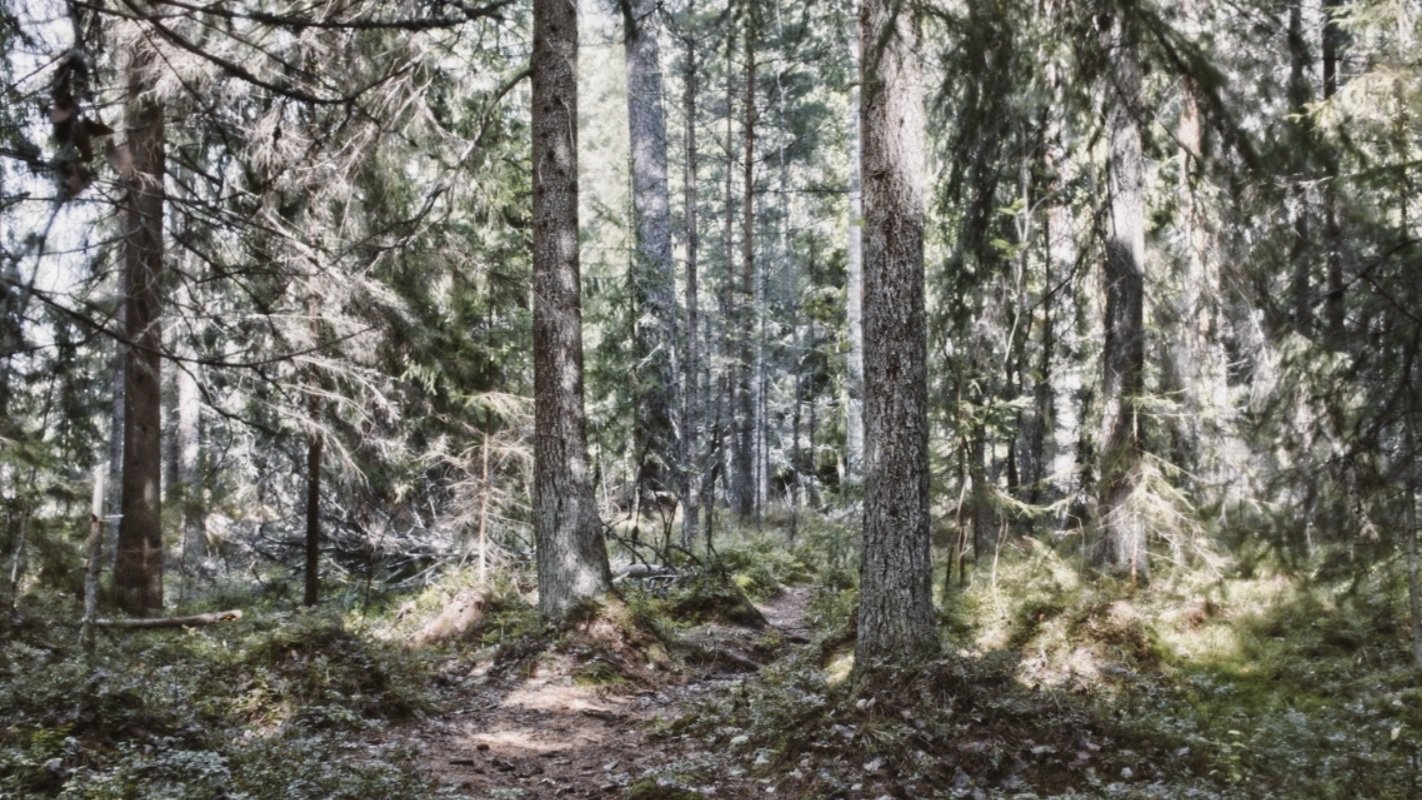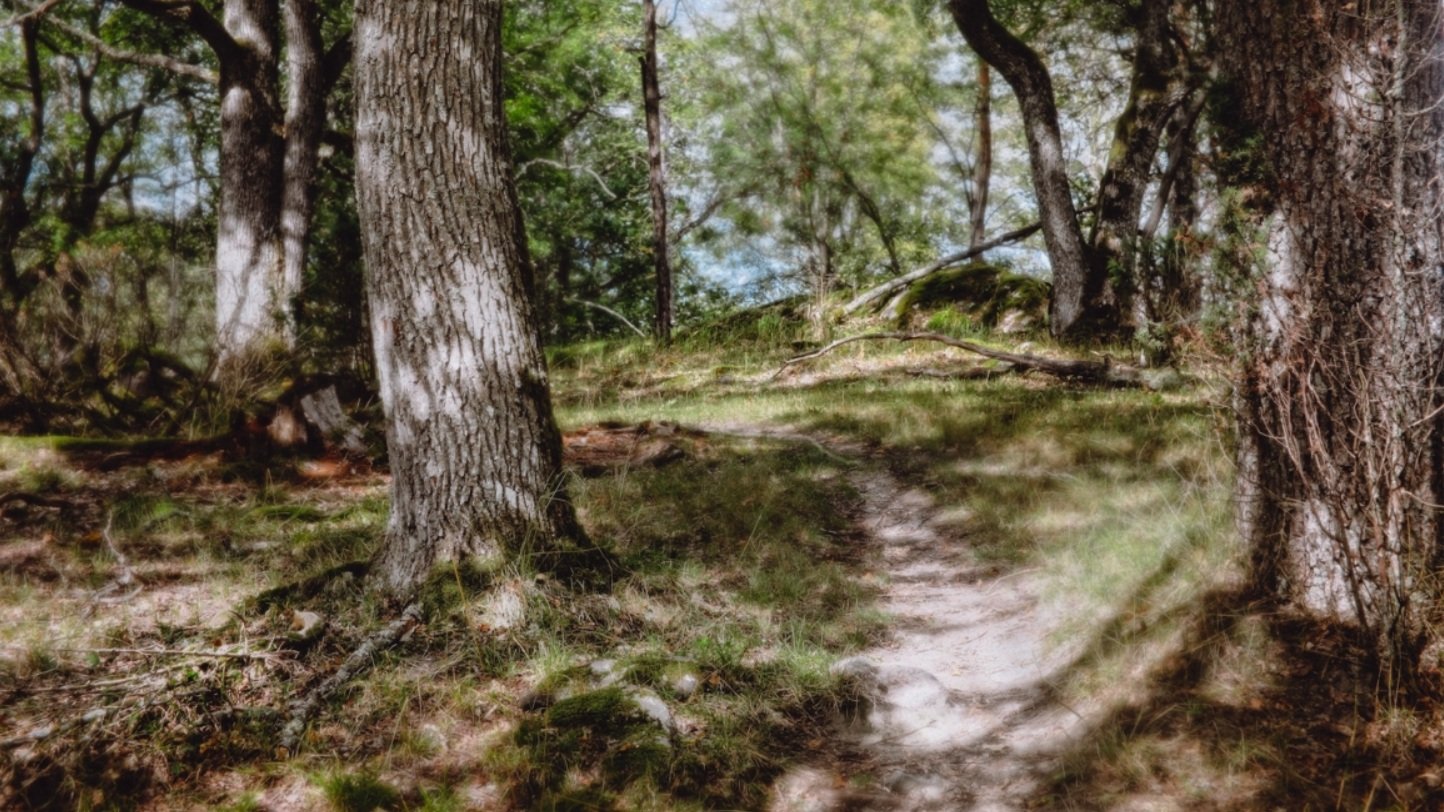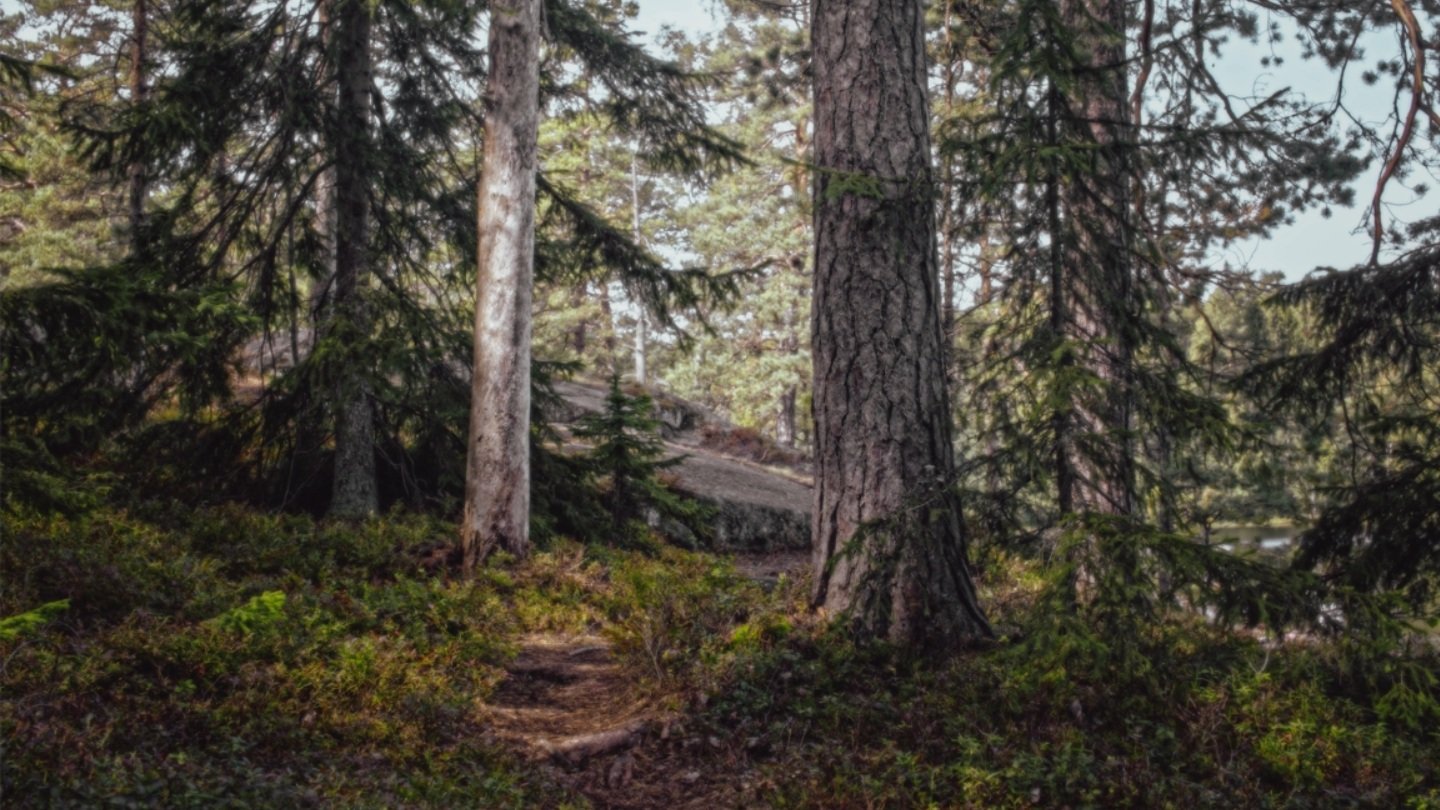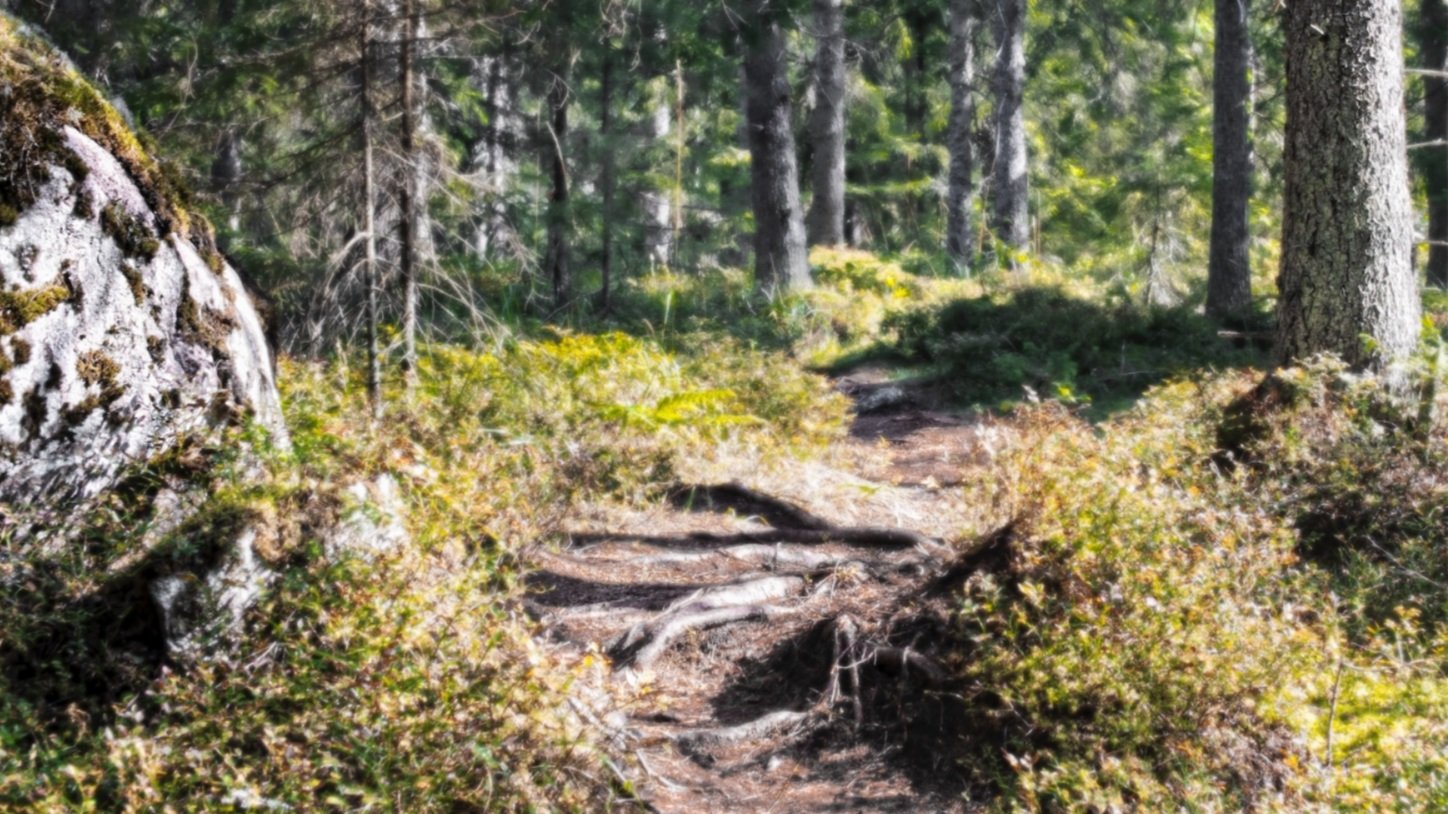Artist in conversation: Rebecca Sandelin
Rebecca Sandelin is a photographer and freelance scholar specializing in photography and visual culture. She holds a First Class Honours Bachelor of Arts degree in Photography from Edinburgh Napier University School of Arts and Creative Industries, which she received in 2016. Rebecca also holds a Master of Letters in History of Photography from University of St Andrews, School of Art History, which she received in 2018
with a Dean’s Letter of Academic Excellence.
With her extensive educational background and a keen interest in photography, Rebecca has gained a comprehensive understanding of the medium and its historical and contemporary contexts. Her artistic practice encompasses various mediums such as photographic objects, installations, performances, sound, and video, as well as academic writing and research projects. Her works have been exhibited in different countries including Scotland and Finland, at venues such as Streetlevel Photoworks in Glasgow and Laterna Magic in Helsinki. Currently, Rebecca is pursuing a Master of Arts in Photography at Aalto University School of Arts, Design, and Architecture.
What initially inspired you to become an artist, and how did you develop your unique style?
My inspiration for becoming an artist stem from all the encounters I have had with arts and cultures, as well as encounters that my family and friends have shared with them. I am very privileged to have parents who insisted on taking me to museums and galleries whenever they could from a very young age. Art and culture have been part of my upbringing and have always been something of a common knowledge or education for me. I think I was pretty set on becoming an artist the first time I realized that I could make a living from providing people with meaningful and thought-provoking interactions through art. And even if I couldn’t make a living as an artist, I would keep making art.
My style varies from project to project and depends largely on what the concept, topic and themes are for the project. For Virtual Lands 2.0, the style developed from me spending hour analyzing photorealistic graphics in videogames and asking how it can be mirrored back onto photography. From that concept I went on to experiment in combining traditional landscape photography practices with digital post-processing to achieve a certain effect.
In terms of subject matter, what themes or motifs do you frequently explore in your work, and what draws you to these topics?
I am intensely, almost obsessively, drawn to the histories of photography and how the medium meets and intersects with other forms of art, cultural production, and image-making. Photography, since the nineteenth century, has had a fundamental impact on shaping how modern people perceive and experience their world, yet few of us think about photography in those terms. I’m curious in why we do what we do with photography and how it relates to what was done before, and how that relates to what we’re doing now.
Can you discuss a specific piece or project that challenged you as an artist, and how you overcome those challenges?
I think the project I am exhibited with The Holy Art Gallery this summer, Virtual Lands 2.0, exemplifies every challenge I’ve faced as an artist. I’m also a scholar and have a master’s degree in The History of Photography so I like working on archival material and have a research scholarly practice that’s tightly interwoven into my artistic practice. I’ve struggled for a long time getting all these interests to fit neatly into a coherent narrative of who I am as a person and how I look at the world as an artist-scholar. And while I probably will never have a fixed answer, working with Virtual Lands 2.0 in both a research and practical capacity has helped me alleviate those tensions. The process has been archival since I collected most of the material in 2019 before the COVID-19 pandemic but I only started going through the collection in 2022. I also reconnected with my own practice through my own archives. I’ve also researched the histories of the topic and I am working on my second master’s dissertation on a similar topic. So, working on the project has helped me find clarity and connect my own scholarly and artistic practice.
How do you stay connected with other artists and keep up with new developments and trends in the art world?
Borrowing from the inestimable Mr. Bean, ‘My job is to sit and look at paintings’, or more accurately I read, look, and listen a lot. Although looking at paintings is part of it, but I look at other art and things that could be considered ’non-art’ as well. Meaning, I love going to exhibitions, collecting artbooks and photobooks, following up on academic research and reading interviews, attending workshops, lectures, and studio visits whenever I can. I also follow popular culture as far as it relates to arts and visual culture. I am an introvert at heart and often find social interaction overwhelming but also truly rewarding to just chat with people about their practices and projects. I also talk with non-professionals and people outside of the art world about their perspectives. A lot of what happens in the industry reaches people who have nothing to do with art, and I think it’s important to hear their perspectives as well.
How do you incorporate feedback from critics and audiences into your artistic practice, and how do you balance this feedback with your own artistic intuition?
This is a really complicated question and I’m not sure if I can give a clear answer, but I’ll try! I think it’s a very fine balance. A lot of my practice comes from feedback and comments I’ve received that have been genuinely constructive and intended to be helpful. I think the important thing is to learn to differentiate helpful from hurtful comments. There are people who think your work sucks and has zero merit or value. They are free to their opinion, and I welcome their opinion! I have thick enough skin to tolerate that. But would I use their comments to reflect on my practice? Maybe, if they can explain why they think that way and provide the reason for their comment. Simply saying ‘Your work sucks’ isn’t helpful, for the artist or the audience. But having an open dialogue and discussion on why is helpful and can be constructive. It’s honestly eye-opening to hear those comments because the hate turns into help instead. I’ve built up a fair amount of tolerance and an ability to take on constructive feedback, but I do bristle up when my practice is outright dismissed. I think that’s my intuition – separating what is hate and what is sincere feedback and constructive criticism.
How do you stay motivated and inspired despite any setbacks or creative blocks you may encounter?
I’ve honestly struggled a lot with staying motivated and inspired, and it is something I still struggle with. For me the important things are to keep active, stay curious and keeping wondering and asking questions and enjoying the small things in life. At my lowest point I have been completely inactive and haven’t worked on any projects, whether large or small. I become pretty much sedentary and stay in bed and watch YouTube, or stream movies and shows. I’m currently in a good place where I have a wide range of interests and a cornucopia of projects that I can and want to work on, so there’s no lack of things that I can keep busy with! Speaking as a chronic perfectionist, I think it’s important to accept failure as a productive force. Taking breaks and trying but failing, only to get back up and trying and failing again is a good thing, even if my brain tells me, it isn’t.
In your opinion, what role do contemporary artists play in society, and how does your work contribute to this role?
I think artists play a role in society that’s a bit like a child walking on a beach, picking up a seashell and running back to their friends and family to share this weird and wonderful thing. Sure, someone else found it earlier but the child maybe found a chipped edge that is utterly mesmerizing. I think artists can provide unexpected perspectives on completely mundane, everyday things or things that are taken for granted or are forgotten. As artists, I think we look at things a bit differently and usually in greater detail than what most people do. At the risk of generalizing – I also think, or at least I hope, artists care a lot about the things they are interested in. We wouldn’t otherwise spend our lifetimes working on our practices and refining our works.
What do you see as the most pressing issues facing contemporary artists, and how do you plan to address these challenges in your own work?
I’m not too fussed about AI or anything like that. I think the intelligence aspect of current AI is exaggerated and look at them as novel tools with specific artistic and creative uses. Every new technology has been presented as some kind of affront to traditional media, this goes for photography as it does for videogames. I do think there are issues relating to copyright infringement and intellectual property that need to be reconsidered on a legislative level, as far as they apply to AI for example. I am, however, more worried what stringent copyright legislation can mean for certain artistic practices, including my own, which pulls from traditions of artistic appropriation and found imagery.
I am also worried about media and visual literacy and critical thinking about art and media in general, amongst artists, viewers, scholars, and non-professionals. I think we now, more than ever, need to be practicing and advocating for visual literacy amongst all audiences and viewers. I think artists can have a part to play in this, and for my own part there is something of an unspoken educative aspect to my artistic work, which is that I try to challenge people to read my works differently from what they expect or assume and instead spend time uncovering layers of meaning and references hidden within.
How do you feel about exhibiting your artworks with The Holy Art Gallery?
I’m really excited! I love experimenting with new methods of presentation for my artworks and projects. I had plans for exhibiting the Virtual Lands 2.0 project on screens before I even heard about The Holy Art Gallery. So, when I spotted the Open Call, it felt like a match made in heavens to me!
Looking ahead, what are your long-term goals and aspirations as an artist, and how do you plan to achieve them?
Firstly, finishing my Master of Arts in Photography degree this summer! I would love to start my PhD in a couple of years, which would combine artistic or creative practice-based research with academic/scholarly research. Secondly, opening my own gallery in Finland which is dedicated towards exhibiting young artists working with photography and graphic art/design who are early in their careers. Thirdly, keep developing my own artistic practice with new projects and more exhibitions – I already have a couple of exhibitions coming up in the next year or so, so that’s exciting! Hopefully, I’ll be able to publish a book or two that I’m working, as well as collaborate with other artists on projects. And finally, I’d love to publish a scholarly essay or two that I’ve been working on. So, a lot to do but I’m excited to face any challenges and opportunities to come!










